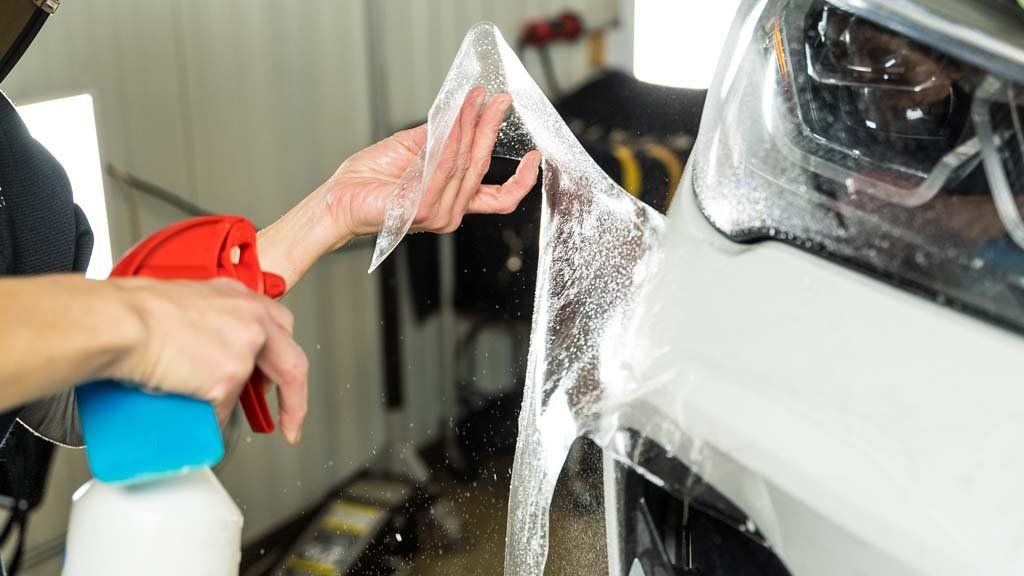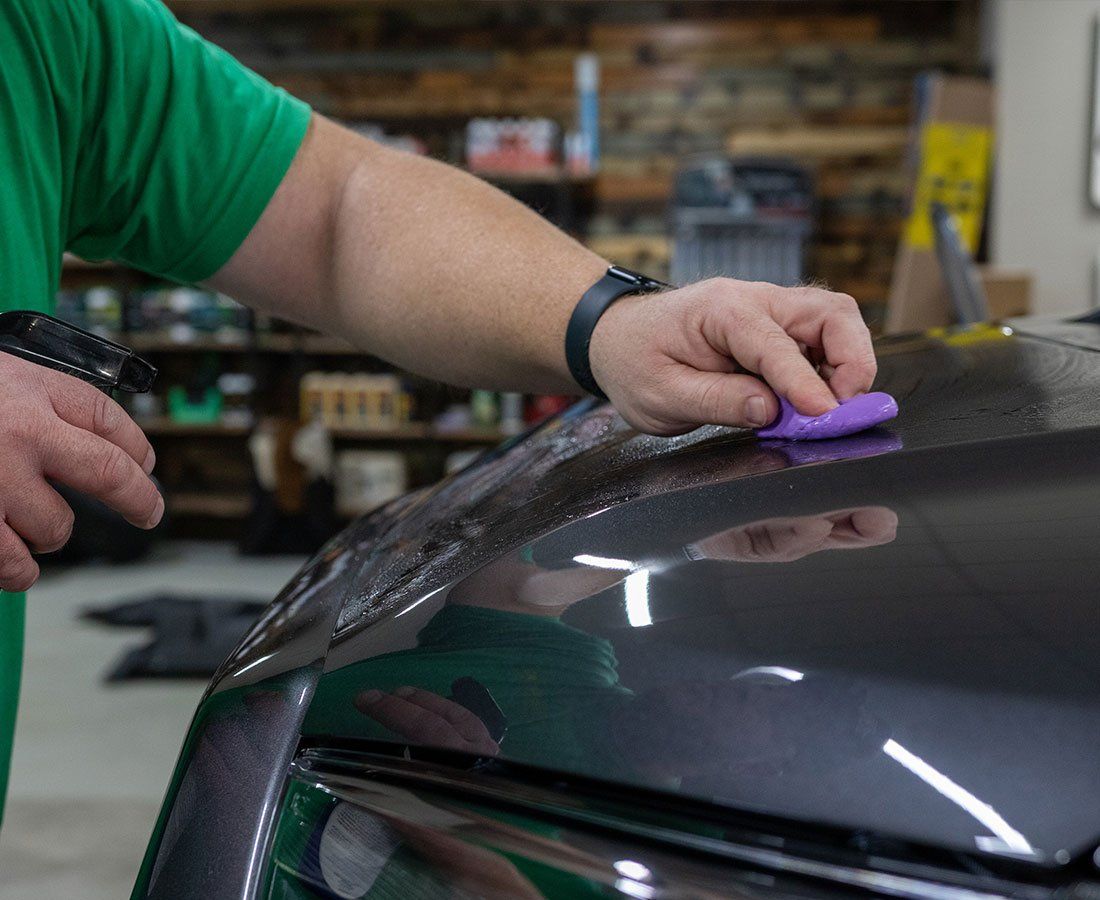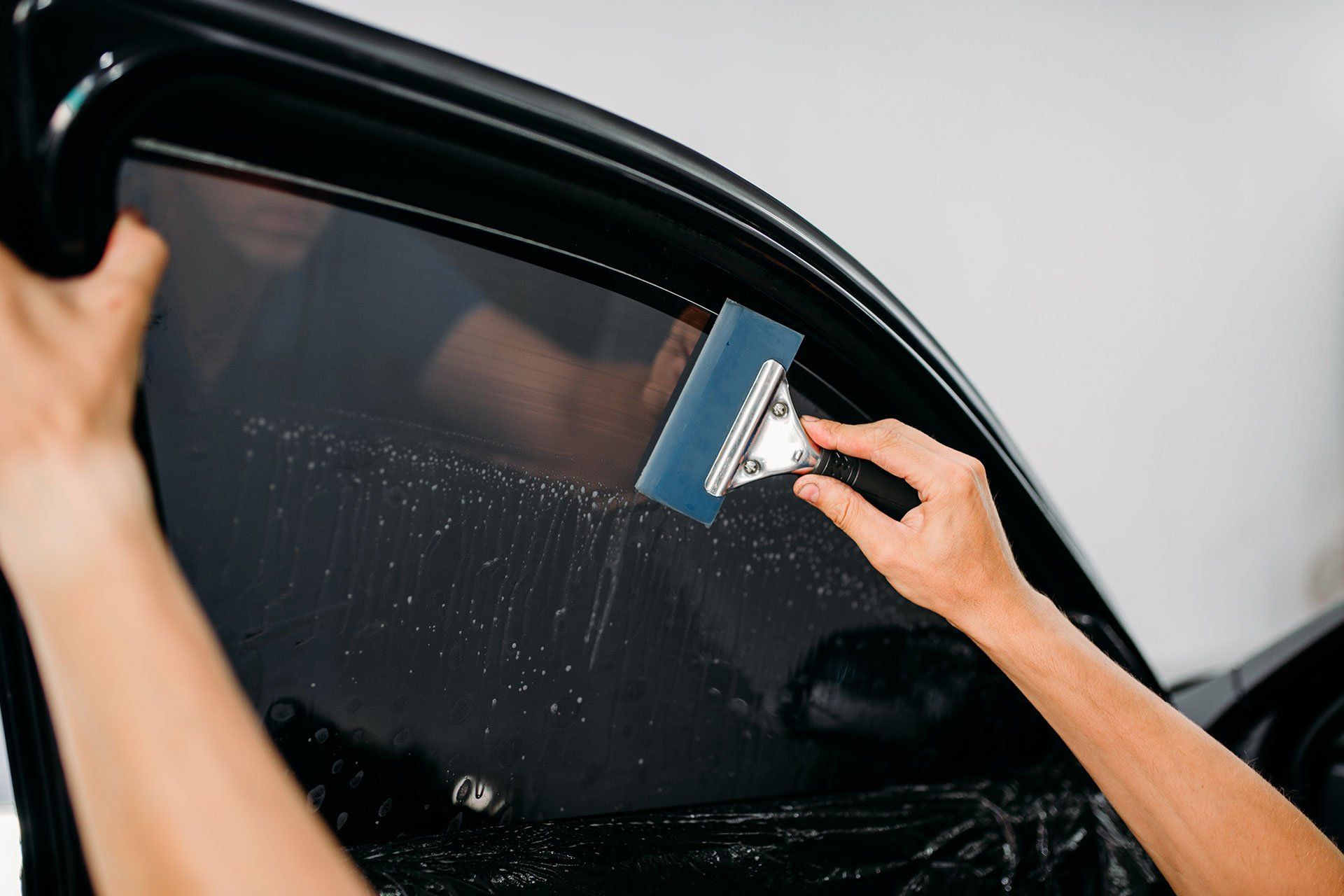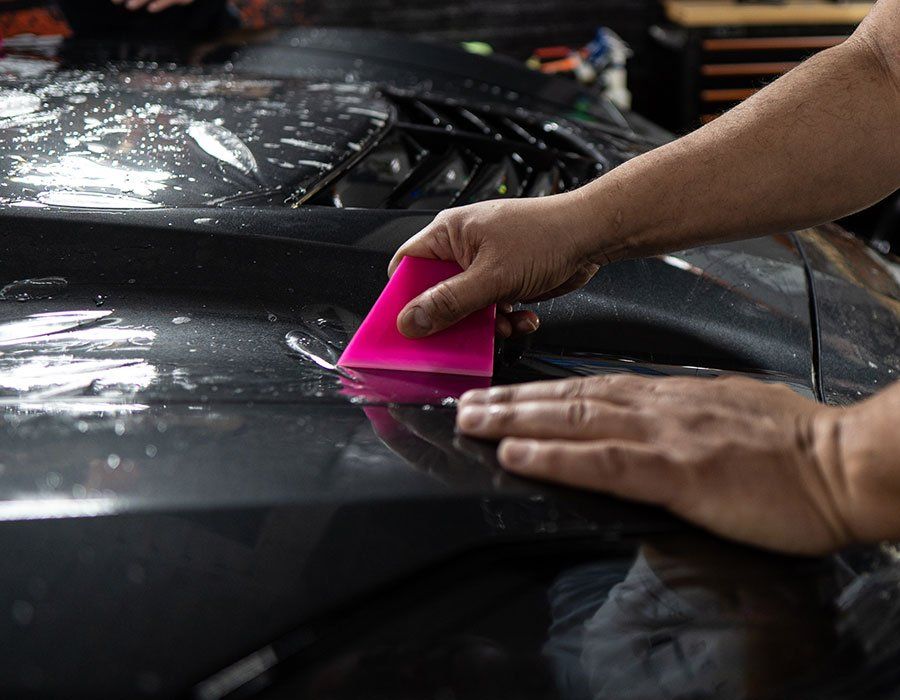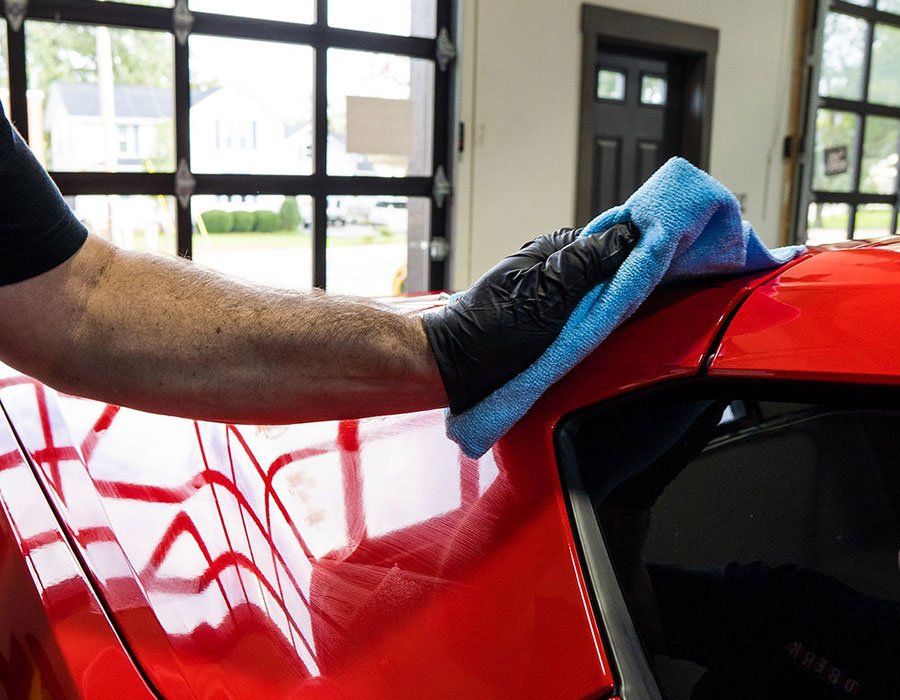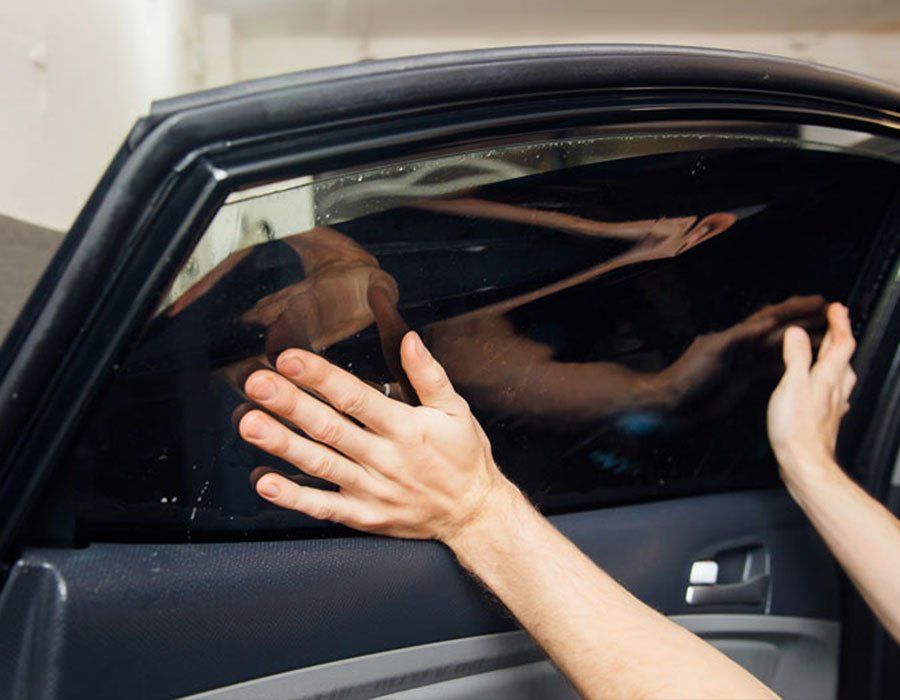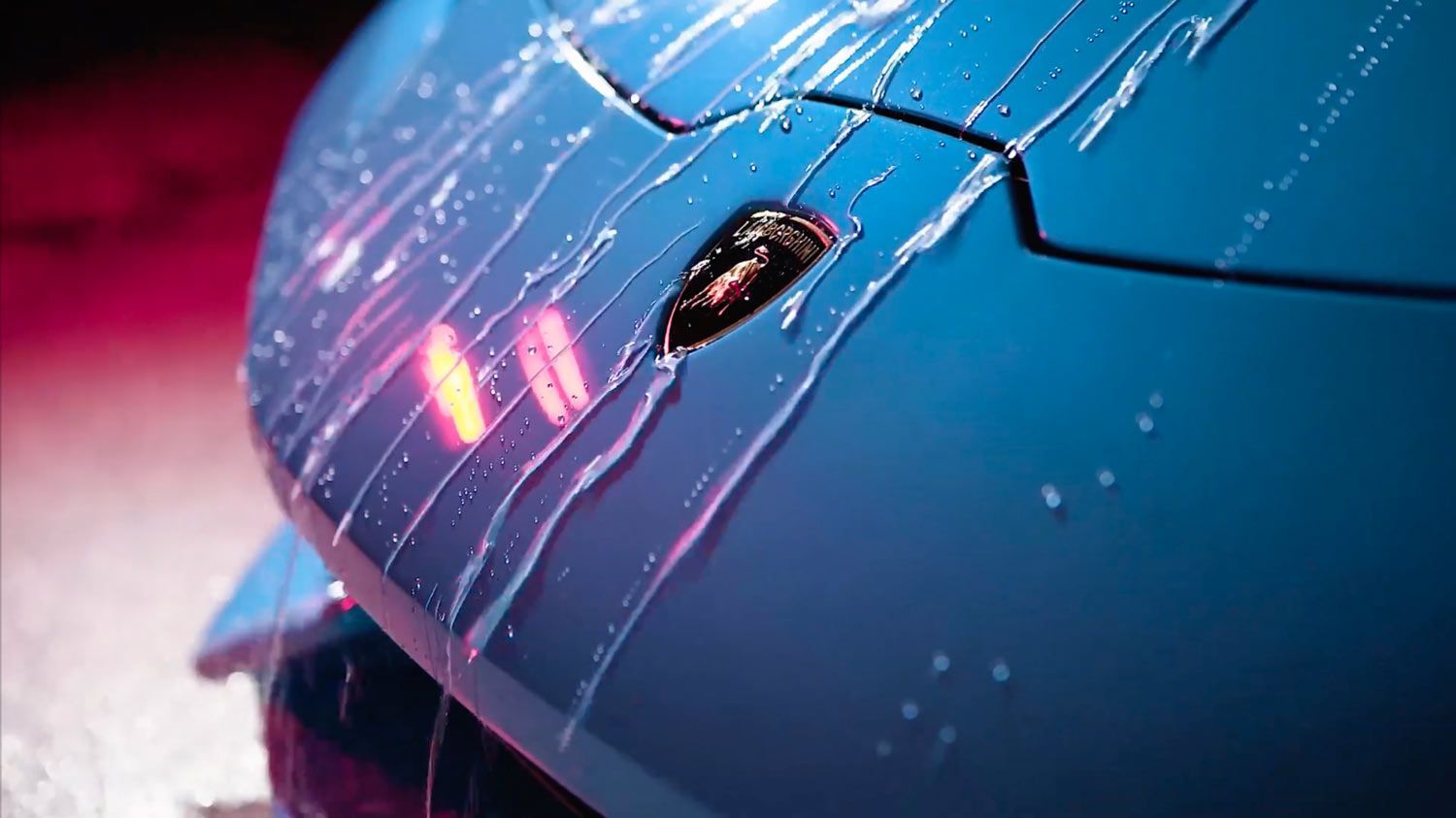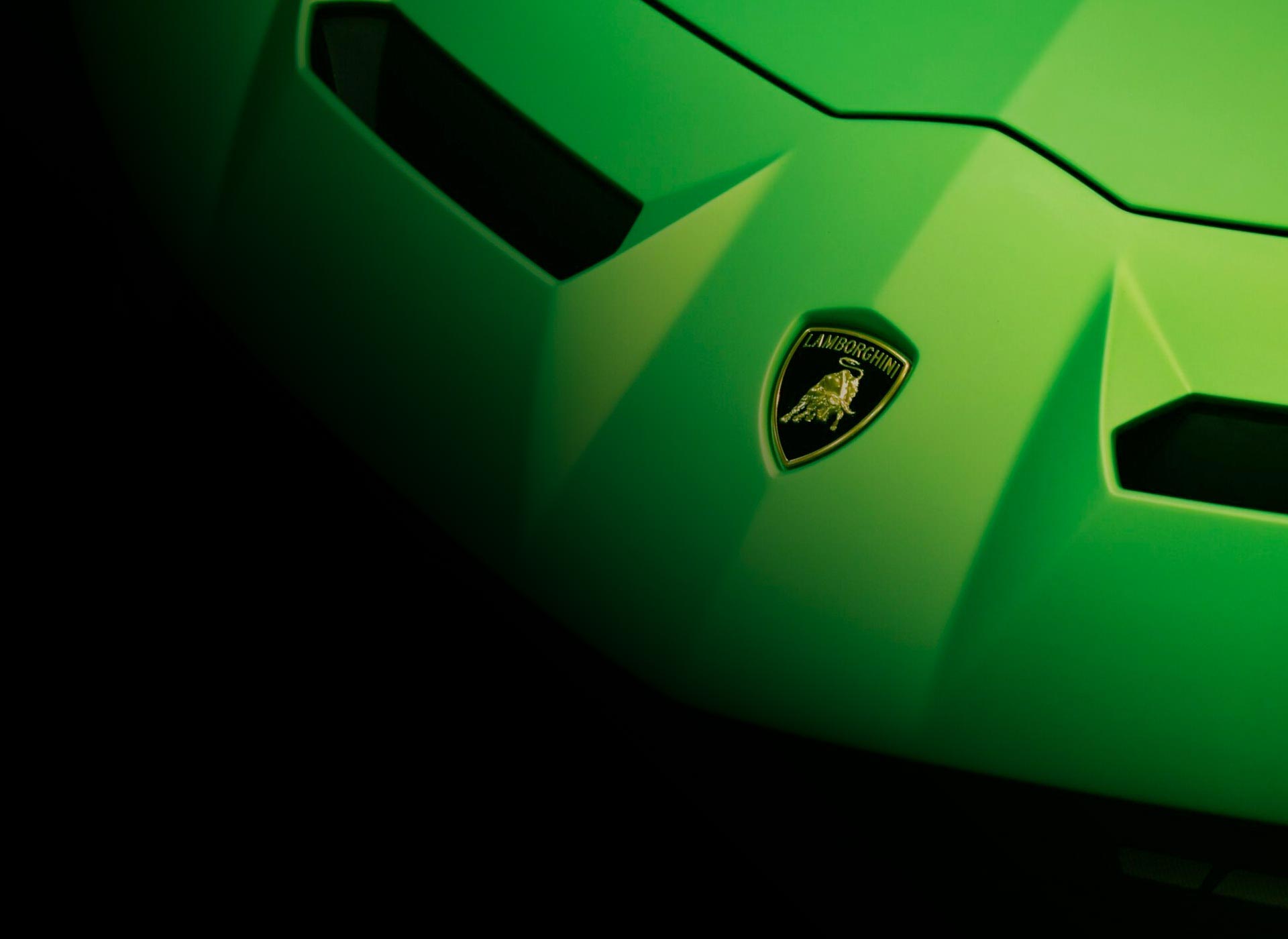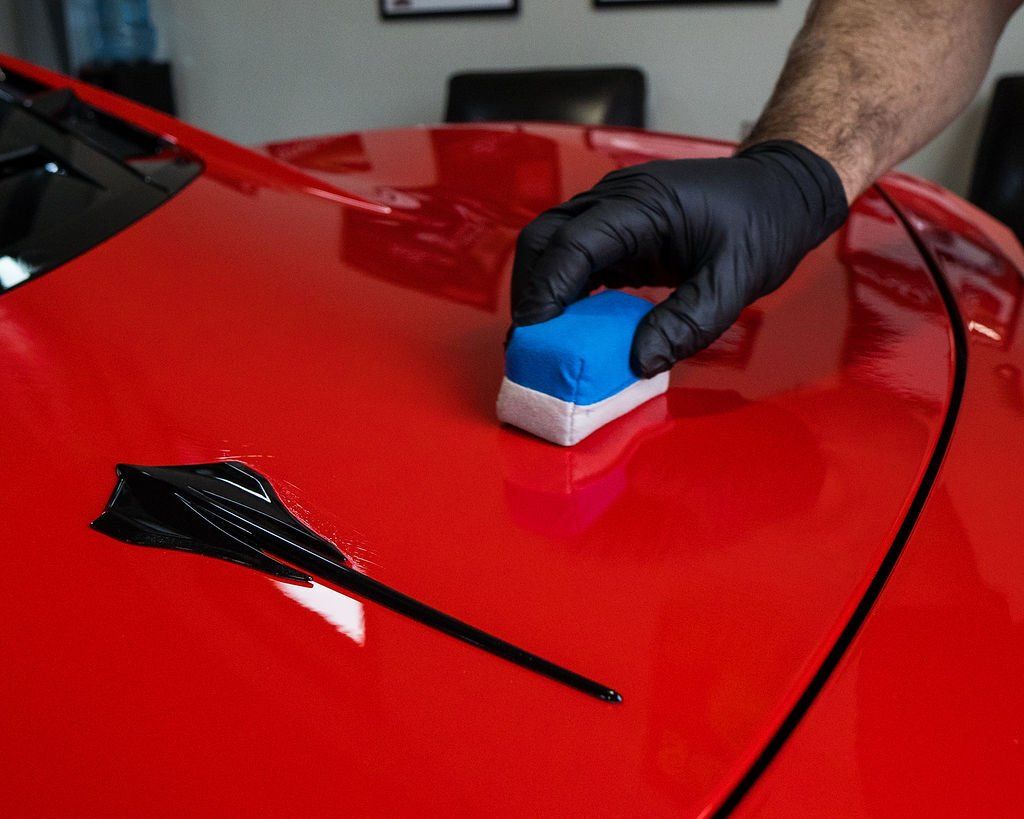Hydrophobic ceramic coatings, innovative protectors for various surfaces, work by repelling water and dirt, making cleaning less difficult and keeping things looking spotless. Your vehicle or building might appear ordinary, but with these coatings, it wears an invisible shield that hates water. Imagine being able to laugh at rain, mock mud splashes, and sneer at grime. At the heart of all this is ease—easy cleaning, easy maintenance.
Hydrophobic ceramic coatings rely on low surface energy to create a water-repellent surface, causing water to bead and sheet off rather than adhere. This is achieved through the application of ceramic nanoparticles that form a protective layer, resulting in easier cleaning and longer-lasting cleanliness. Understanding this concept empowers vehicle owners and detailers to maintain and troubleshoot potential issues with ceramic coating surfaces for optimal performance.
Unveiling Hydrophobic Ceramic Coatings Science
Let's break it down in simple terms: Imagine an invisible force field on your car that pushes away water and keeps dirt and grime from sticking. That's the magic of hydrophobic ceramic coatings. But how does this mystical-sounding protection actually work? It all boils down to a little something called surface energy. In basic terms, surface energy is like a force that determines how much something will stick to a surface. Think of it as a kind of stickiness. For instance, high surface energy means liquids can easily spread out and cling to the surface, while low surface energy means they'd rather not get too close—that’s where hydrophobic coatings come into play.
Now let's chat about the contact angle. This is where things get pretty fascinating. The contact angle is the angle at which a droplet of water meets a solid surface. If this angle is really high, like 90 degrees or more, the water droplet rests on top of the surface rather than soaking in—this is what we call a hydrophobic interaction. What about the sliding angle, you ask? This measures how easily water slides off a surface when gravity does its thing. Low sliding angles indicate how easily water releases from a surface, meaning less time and effort spent cleaning your vehicle or other surfaces with hydrophobic ceramic coatings.
When water hits a surface treated with hydrophobic ceramic coatings, it immediately forms those famous water beads and slides right off, taking any dirt and contaminants along with it. For instance, if you’ve ever seen water bead up and roll off a freshly waxed car, that’s similar to what happens with hydrophobic ceramic coatings. It repels liquids so effectively that it can reduce your need for frequent car washes, keeping your vehicle cleaner for longer periods of time. Understanding these scientific principles helps us see why hydrophobic ceramic coatings are such game-changers in terms of keeping surfaces clean and well-protected.
Properties of Hydrophobic Coatings
Understanding the key properties of hydrophobic ceramic coatings is essential for appreciating their role in protecting and enhancing surfaces. Let's start with the first important property.
- Water Repellency: Hydrophobic ceramic coatings excel at repelling water, exhibiting an impressive ability to cause water droplets to bead up and gracefully roll off the treated surface. This remarkable behavior not only keeps the surface dry but also averts the formation of unsightly water stains. Picture a rainy day with water cascading off your car’s coated surface like magic, leaving no trace behind. The science behind this phenomenon lies in the low surface energy concept, which is fundamental to hydrophobicity. By minimizing the surface energy, a hydrophobic effect is achieved, causing water to bead up and subsequently slide off rather than spreading out and clinging to the surface. High contact angles of 90 degrees or greater indicate strong hydrophobic behavior, showcasing the efficacy of these coatings in repelling water.
- Self-Cleaning: One of the most coveted benefits of hydrophobic ceramic coatings is their self-cleaning properties. Surfaces treated with these coatings create a hostile environment for dirt, grime, and other contaminants, making it exceedingly difficult for them to adhere to the surface. In effect, this enables easier and more efficient removal of dirt during routine cleaning processes. Imagine how convenient it would be if dust and mud had difficulty sticking to your vehicle's surface, simplifying the cleaning process while maintaining a sleek appearance. Enhanced performance in self-cleaning can be attributed to the combination of hydrophobicity and ultra-smooth surfaces afforded by these coatings. The interaction between water-repellent properties and minimal surface adhesion contributes to easier removal of contaminants, promoting improved cleanliness and convenience for vehicle owners and professional detailers.
- UV Resistance: In addition to their remarkable hydrophobic and self-cleaning attributes, many hydrophobic ceramic coatings provide effective protection against ultraviolet rays. Exposure to sunlight can lead to the gradual degradation and discoloration of surfaces over time. However, these coatings act as a shield against UV radiation, safeguarding underlying materials from sun-induced damage. The durability of these coatings under UV exposure ensures long-term protection for automotive paintwork. By preventing UV-induced degradation, these coatings help maintain the aesthetic appeal and structural integrity of treated surfaces, contributing to prolonged longevity and enhanced visual impact. Collectively, these features show how hydrophobic ceramic coatings can change the way surfaces are preserved, make maintenance easier, and protect against things like water and UV radiation.
Role of Nanotechnology in Ceramic Coatings
Nanotechnology can be likened to building a tiny city where the buildings are the molecules and the streets are only wide enough for a few cars. When we talk about nanoscale particles, we're referring to incredibly tiny ones, so small that you need to use a special microscope to see them. These minute particles constitute your hydrophobic ceramic coating. Now, here's where it gets really interesting. By working at this minuscule level, nanotechnology gives us granular control over the structure and behavior of the coating. These nanostructures bond at a molecular level, creating an ultra-thin protective barrier on the surface. This layer not only minimizes surface energy but also promotes water beading and repellency.
The Science Behind It
So, imagine you're looking down at a road from high above, and you can see all the cars and trucks driving along. That's kind of like what happens when water droplets land on a hydrophobic coating. Thanks to the microscopic hills and valleys created by these nanostructures, water droplets don't spread out as much. In fact, they stay together in little balls because there isn't much area for them to cover—just like if those cars could only drive along very narrow roads so they couldn't spread out. Nanostructures create an uneven surface at the nanoscale, which reduces the contact area between water and the treated surface. This means that water droplets interact with the coating differently than they would with a regular surface, leading them to bead up and easily roll off.
Think of a freshly waxed car. Water beads up on it and rolls off instead of spreading out in a thin layer. That's what happens with a hydrophobic ceramic coating thanks to nanotechnology—water beads up instead of spreading out and clinging to the surface. This has significant benefits beyond just repelling water. By reducing the contact area, dirt, grime, or contaminants also have a harder time sticking to the surface, making it easier to clean and maintain for a longer period of time. It's truly incredible how such minute structures have such a colossal impact on our daily lives, from helping us keep our vehicles clean to enhancing the longevity and effectiveness of hydrophobic ceramic coatings.
Applying Hydrophobic Ceramic Coatings
The application of hydrophobic ceramic coatings marks the beginning of a journey towards achieving long-lasting protection for your vehicle. Proper surface preparation is crucial; it ensures a clean, smooth base for the coating to adhere to. Imagine the surface as a canvas; just as an artist carefully prepares a canvas before painting, the same attention to detail is essential for the coating to bond effectively with your vehicle's surface. This preparation involves thorough cleaning and decontamination to eliminate any dirt, oils, or previously applied products that might interfere with the adhesion of the coating. The goal is to create a clean and uniform surface for the ceramic coating.
After preparing the surface, professional detailers or ceramic coating experts often utilize tools like microfiber towels, applicator pads, and spray guns to ensure precise application without waste or uneven distribution. Consistency in application is key to achieving consistent performance across the entire vehicle surface. When manually applying ceramic coatings, detailers also use hand-polishing for pinpoint accuracy. This method allows them to cover every nook and cranny of your vehicle's exterior, ensuring complete and even coverage. Once the coating has been meticulously applied, allowing it to cure properly is imperative for its effectiveness.
Long-Term Protection Against Liquid and Dirt
One of the most alluring aspects of hydrophobic ceramic coatings is their ability to provide long-term, resilient protection against liquid stains and dirt buildup. This feature alone significantly reduces the amount of effort required for cleaning and maintenance. By creating an invisible layer that repels liquids and contaminants, these coatings make it easier to keep surfaces clean and well-maintained. It's essential to understand that the durability of hydrophobic ceramic coatings plays a pivotal role in their ability to resist liquid stains and dirt buildup. When applied correctly, these coatings can last for 5–10 years, offering sustained protection over an extended period. This longevity significantly reduces the frequency at which surfaces need to be cleaned, saving time and effort in the long run.
Moreover, the repellent nature of these coatings not only makes cleaning more manageable but also contributes to retaining the visual appeal of surfaces. Imagine your vehicle or furniture maintaining its pristine appearance for an extended period with minimal maintenance—this is the type of benefit that hydrophobic ceramic coatings deliver. Considering the reduction in cleaning frequency and effort, there's a noticeable environmental impact in terms of water conservation. With less need for regular cleaning and washing due to the self-cleaning properties of hydrophobic coatings, there is a significant reduction in water usage over time, aligning with sustainability goals.
In essence, the long-lasting protection that hydrophobic ceramic coatings provide not only makes maintenance easier but also results in long-term time, effort, and resource savings. It's clear that these coatings are not just about short-term convenience; they represent a substantial investment in ongoing surface maintenance and environmental responsibility.
Trusted Ceramic Coating Service in Tampa, FL
Elevate your car's protection and aesthetic appeal with Auto Film Guys, your trusted source for ceramic coating services in Tampa, FL. Our commitment to excellence and attention to detail make us the go-to choice for discerning car enthusiasts looking to safeguard their investment. With years of expertise, our skilled technicians at Auto Film Guys utilize top-notch ceramic coating formulations to provide unrivaled protection against the Florida sun, contaminants, and daily wear. Don't compromise on quality when it comes to preserving your vehicle's showroom shine. Trust the experts at Auto Film Guys to deliver a flawless ceramic coating application, ensuring your car stays looking pristine for years to come. Schedule your appointment today or call us at (727) 940-2340 and experience the trusted touch of Auto Film Guys, where protection meets perfection in Tampa, FL.
The Auto Film Guys Blog
